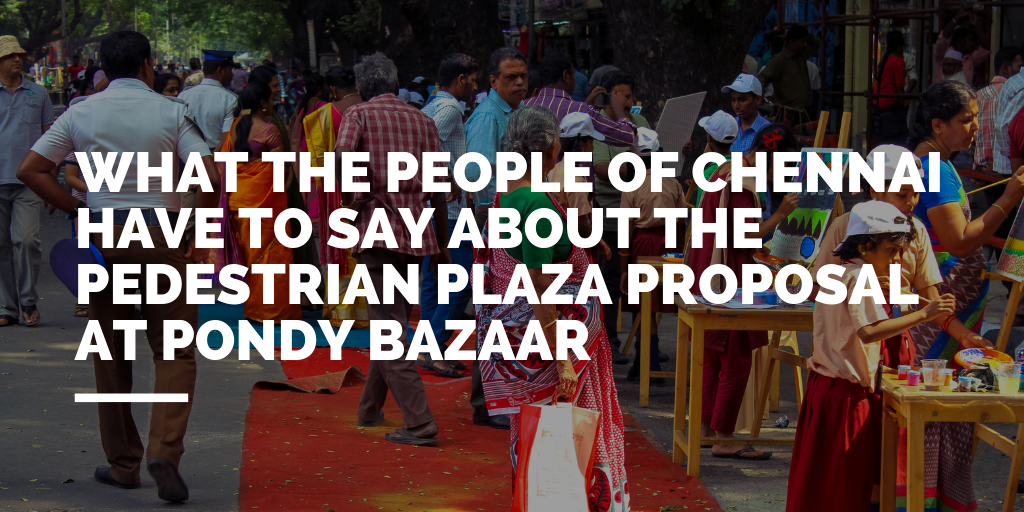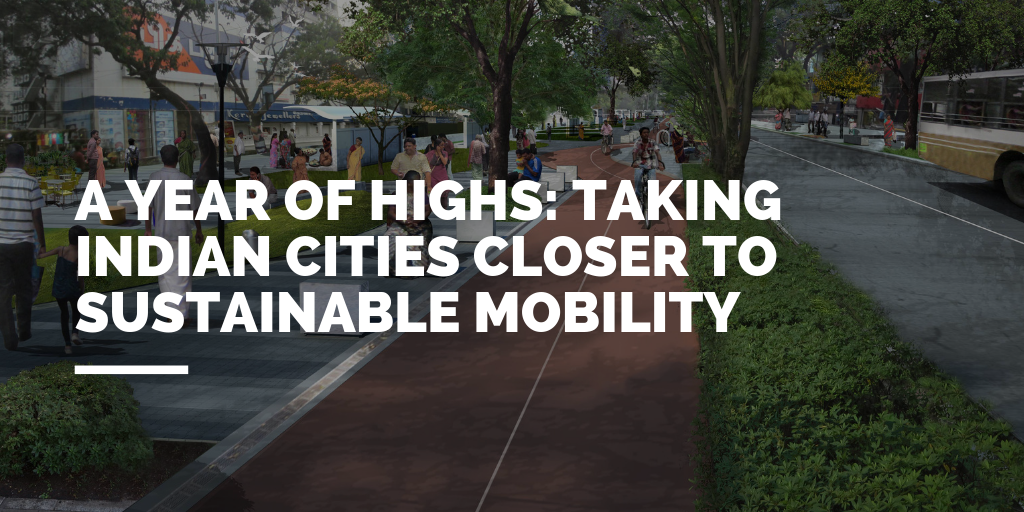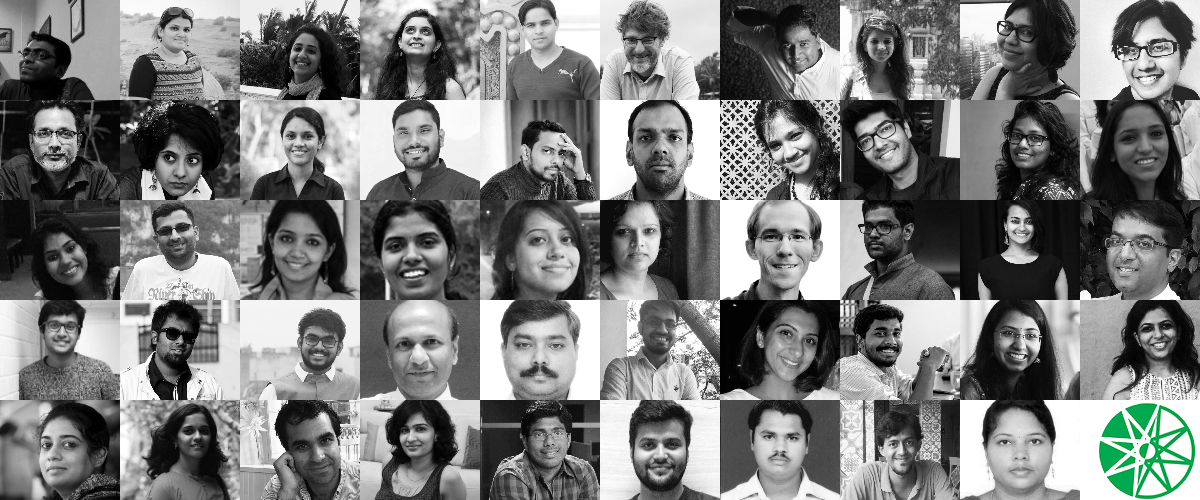With a spring in their step and a song in their heart, elated school children walk along a vibrant walkway and cross over the new zebra crossing to reach their school. Thanks to the efforts of the Chennai Traffic Police, Greater Chennai Corporation, civic action groups Thiruveedhi Amman Koil Street Residents Association (TAKSRA) and Karam Korpom, Chennai High School (Mandaveli), and ITDP India Programme, Sringeri Mutt Road in Chennai has been given a fresh lease of life.The quick tactical urbanism intervention, using temporary measures such as paints and traffic cones, has helped reclaim the street for pedestrians, especially the children who use this street to access the seven schools in the neighbourhood, providing them with a safe and lively walking experience.
The menace that was

The school authorities further shared that a majority of the students walk to school. However, the adjoining footpath is uneven and dotted with obstructions that force pedestrians to spill over onto the road and into the swarm of motorists, putting them at even further risk.
Even the residents echoed much of the same concerns regarding safety. With abandoned vehicles and unauthorised parking lining the stretch along the canal, the dead space had become a breeding hub for anti-social activities. A survey among the street users, conducted by the ITDP India Programme, indicated that two out of three users felt unsafe to walk down the Sringeri Mutt Road after sunset.
Tired of living in the fear of using their own street, resident associations came forward to kindle a new approach to driving change.
Community-driven transformation

The transformation brought about by TAKSRA along with ‘Karam Korpom – Stop Abusing Public Spaces’, a group that reclaims public spaces through art, displays the power of community-driven initiatives. Their work has inspired neighbouring groups and other communities in Chennai to take up the mantle for reclaiming their streets. The makeover of Sringeri Mutt Road is yet another instance of residents rolling up their sleeves to revive a desolate area into a vibrant community space.
Turning over a new leaf

In the first step towards Sringeri Mutt Road’s makeover, abandoned vehicles were towed off by the Chennai Traffic Police. To liven the dead space, the walls on both sides were given a fresh coat of paint. Following which, students, volunteers, and even excited traffic officials were given paint cans and brushes to let their imaginations run wild on these blank canvases. Next, a quick, impromptu tactical urbanism intervention was conducted.
Within a matter of days, the stretch that once instilled fear was transformed into a safe and colourful walkway. Post-intervention surveys show that over 90% of the users now feel safer in using the street.
[baslider name=”Sringeri Mutt Road”]
Looking forward

Tamil Nadu has constantly hit the headlines for the dubious distinction of leading the country’s road fatality figures. In 2017 itself, the state recorded an abhorrent 3,500 pedestrian deaths in traffic accidents. The traffic police, therefore, is resolute in taking steps towards improving road safety for all users – most importantly, children. Measures like tactical urbanism interventions are significant in helping the cause and hence, public support for such movements are imperative for scaling this up successfully to more areas.
The case of the Sringeri Mutt Road makeover is an encouraging example of citizens shaping their public spaces and doing their bit to make streets safer. These small-scale initiatives feed into the ongoing work of creating a city-wide network of streets that facilitate safe walking and cycling for all. With over 1,500 anganwadis in the city, the Chennai Corporation envisions to improve the mobility to all anganwadis and schools, thereby making a leap towards child-friendly cities.

Let’s hope that the transformation witnessed along Sringeri Mutt Road sets the ball rolling for more community-driven initiatives. Such quick, low-cost, and scalable interventions are bound to catalyze long-term changes across the city.
Written by: Aishwarya Soni; A V Venugopal
Edited by: Nashwa Naushad; Rohit James
Video Credits : Santhosh Loganaathan, Aishwarya Soni and TD Achuthan





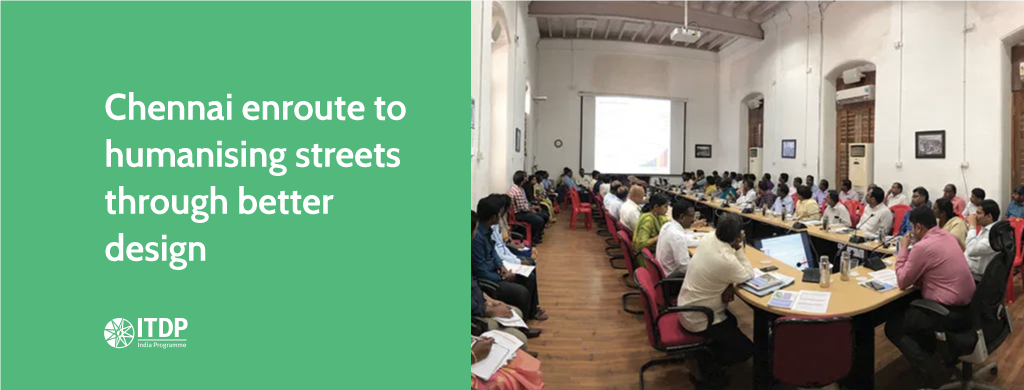
 NMT Masterplan
NMT Masterplan


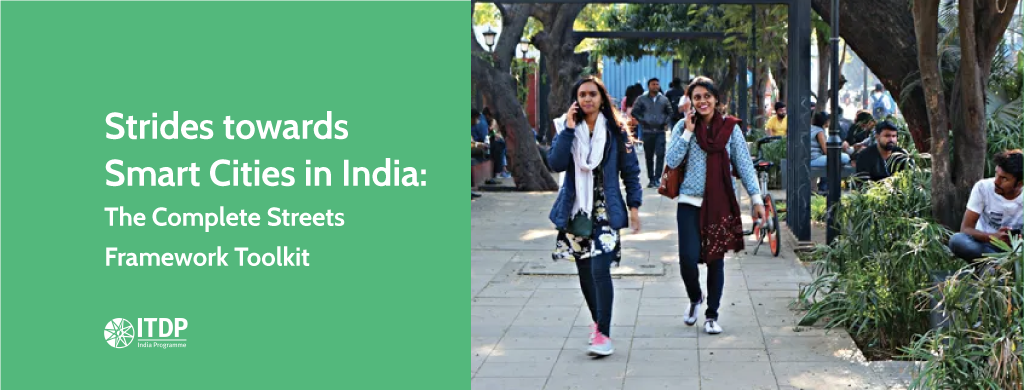

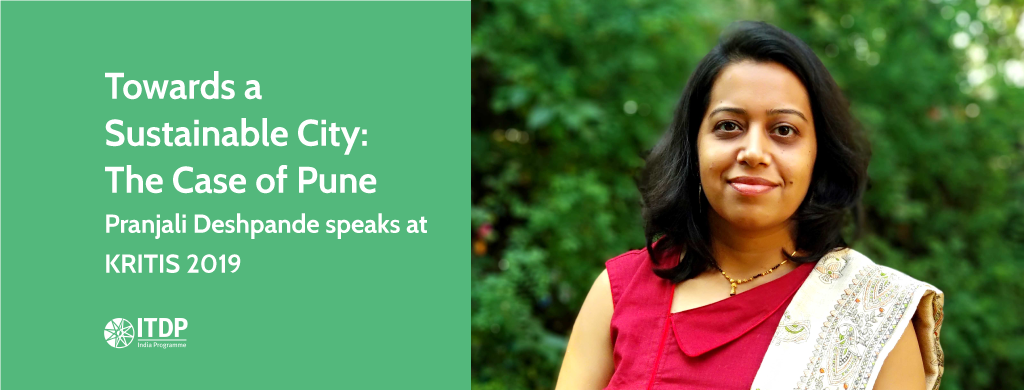
 JM Road, Pune
JM Road, Pune